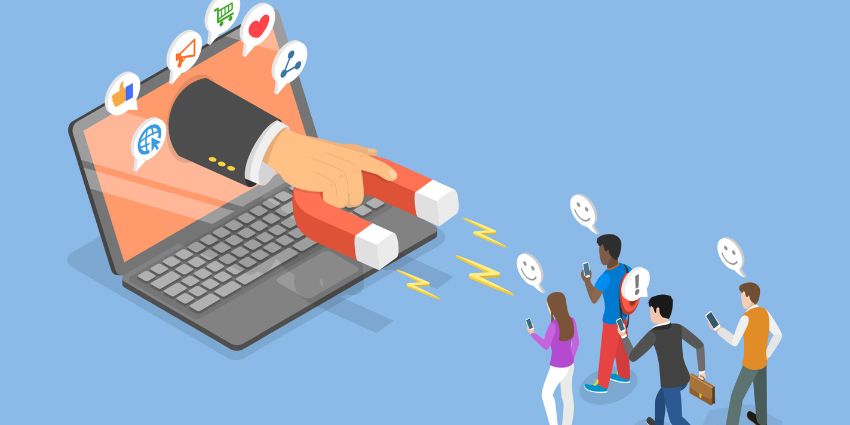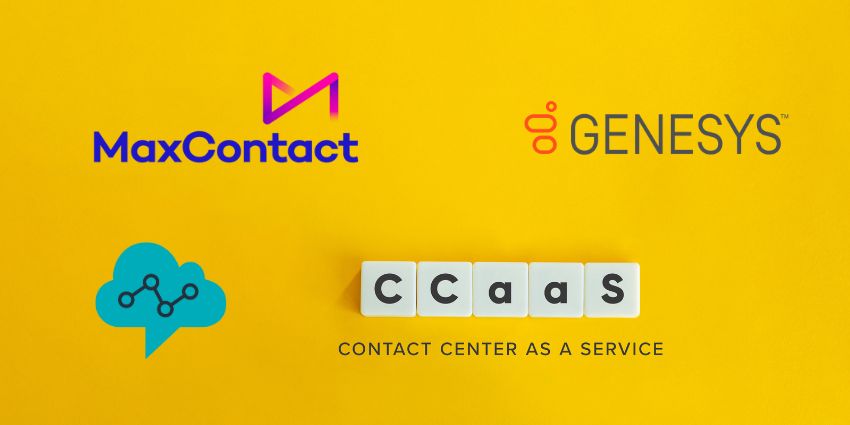Times are changing, and so is the digital contact centre. Even prior to COVID, the past few years have seen an increased focus on customer experience and a large increase in customers’ expectation to engage with the contact centre through the channels of their choice.
With over 20 years of experience in the business, Perry Price, Founder and CEO of Revation Systems, has seen the contact centre through most of its major changes.
“It’s now more critical than ever to make sure that your contact centre is armed to let the customer communicate with you based on the technologies that they want to use. And it’s no less important to make sure that your contact centre is handling that information securely” says Price.
“Text is a great example of that in the regulated vertical markets that we serve. As consumers, we all love to text. It’s our first mode of operation. We’d love to just text our bank, but so much text today is unencrypted,” Price explains. “Banks, hospitals, large insurance companies – they don’t want to allow freeform human-based texting. So we’re doing some things in healthcare that allow that text engagement to occur, but automatically transition it to help automate the front end of the workflow.”
Simply put, this means that if a patient wants to, say, schedule an appointment at a clinic, they can do it over text messages.
“This technology allows letting the user engage a little bit on text with a bot, to drive that human engagement over a more secure channel, whether it be face to face, email or video.”
Consumer-Centric Video
The contact centre market is gradually changing its approach not only to text, but to video as well.
“One of the things that we’ve been focused on for a while is bringing video engagement to a regular contact centre transaction,” says Price.
“However, when COVID hit, we started getting a lot of calls from medical organisations that did not have telemedicine implemented. We quickly decided we could put something together in 90 days that could provide an easy to use, secure video telehealth capability that didn’t require an application, download or password.”
This might sound like a major undertaking, but Revation Systems pulled it off.
“In this post-COVID arena, we’re all using tools that are originally meant to conduct business- to-business communication transactions. So instead of coming from a B2B approach, we developed a service called CmyDoctor, which has a consumer-centric video engagement capability.”
This attempt to fill in a gap in the market turned out to be successful.
“We’ve now expanded this technology to different verticals and we call it LinkLive, CmyServices. We’ve recently contracted for a few thousands of seats to replace what companies were doing with traditional web conferencing tools and utilise the CmyServices instead. It gives us the ability to get any simplified video transaction to any contact centre agent seat.”
What’s unique about this technology is it doesn’t require anyone to schedule anything.
“Today a call requires a specific URL, it’s got a specific passcode. With CmyServices, the agent has one URL, and they use it for every single person they ever meet with.”
According to Price, this consumer-centric, scheduling-free video is something we’re going to see much more of in the future.
“This technology, accelerated out of COVID, is going to become part of the everyday contact centre transaction,” says Price. “Agents are going to need the ability to instantly do video, and it’s going to have to work ubiquitously across all devices, services and systems, without a download.”
Self-Service is Key
One of the continuously-evolving trends in customer-brand interaction, which Price anticipates to only grow stronger, is self-service.
“Today we push more and more technology in front of the customer for self-service,” says Price. “You might find a point in the future where you don’t have to touch the contact centre for five or 10 years.”
As customers are gradually losing any bit of patience they still had for waiting or getting transferred around, self-serve capabilities are becoming increasingly important.
“The ability to make a basic statement about what you need, either schedule an appointment or put your spot out there virtually in queue, is significant,” explains Price.
According to Price, this marks the transition from on-demand inbound transactions to predefined customer service transactions.
“We see it as an opportunity to reinvent how you serve customers. So you need all those technologies: video, ACD capabilities, virtual queuing capabilities, online calendaring capabilities. And on top of all that, it needs to be simplified for the consumer and for the agent. This is what we’re working on right now, and I’m really excited about it”







